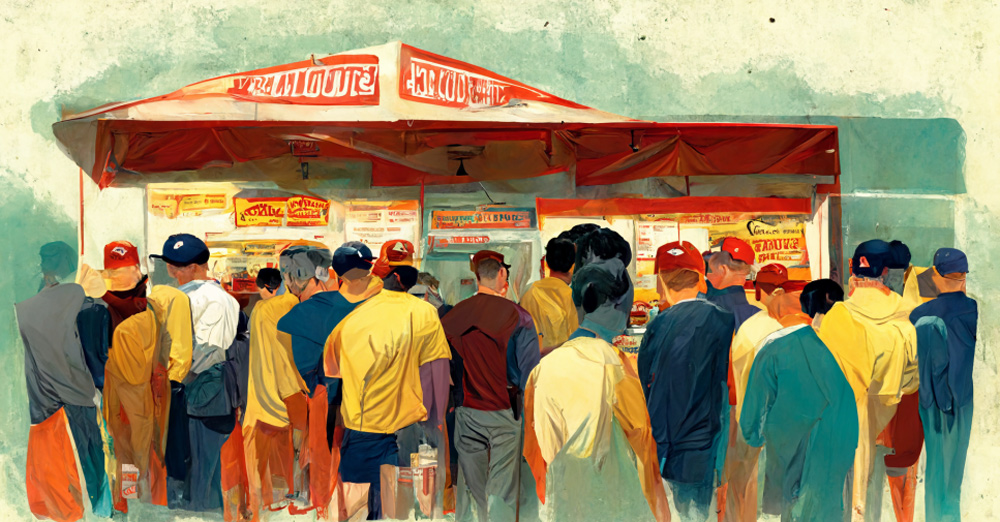In another technology play designed for the return to venues, GoTab has launched a suite of tools to help multi-operator locations to lean into digital payments.
With the new functionality, venues like food halls and stadiums—as well as pop-up event operators that host festivals and concerts—can bring a slew of tools to in-person customers.
GoTab cofounder and CEO Tim McLaughlin said there was a lot included in the latest update.
“As guests flood back to food halls, stadiums and other entertainment venues, they’ve come to expect the convenience of digital—fast, easy-to-use mobile ordering, one-touch payment and more,” said McLaughlin. “GoTab for Multi-Operator Locations empowers vendors to deliver that integrated ordering experience for guests, while reaping the benefits of increased visibility within the parent location, daily payouts, seamless menu management, and ultimately, increased sales.”
It’s a mouthful, but he said it’s already proven to be very successful in test locations. Based on early locations, he said operators see “20 percent higher tips, 35 to 50 percent higher check averages, 25 percent faster table turns, and 30 to 50 percent increased labor efficiency.”
In essence, it’s a lot of the same boosts to the operation seen when a traditional restaurant moves to digital ordering, but with the added benefit of in-venue diners at these kinds of venues are generally splurging on a night out.
An important part of that, no app necessary. Nobody wants to fiddle with a download and miss the game or the opening act, the company said. Under the new platform, customers can scan QR codes, order and pay without downloading anything.
One thing McLaughlin wanted to call out was having individual menu customization but also a full view of the venue’s menu visible from any QR scan. That, he said, led to a greater likelihood of individual sales. For example, if a customer was near the hot-dog outlet but saw some dessert from across the venue, they would order tack-on items more.
This is yet another integration for venues, something that wasn’t moving anywhere near this fast pre-pandemic. But with new pandemic habits and the entire food-consumer base being forced to adopt digital tools, they are demanding the same level of functionality wherever they go.


